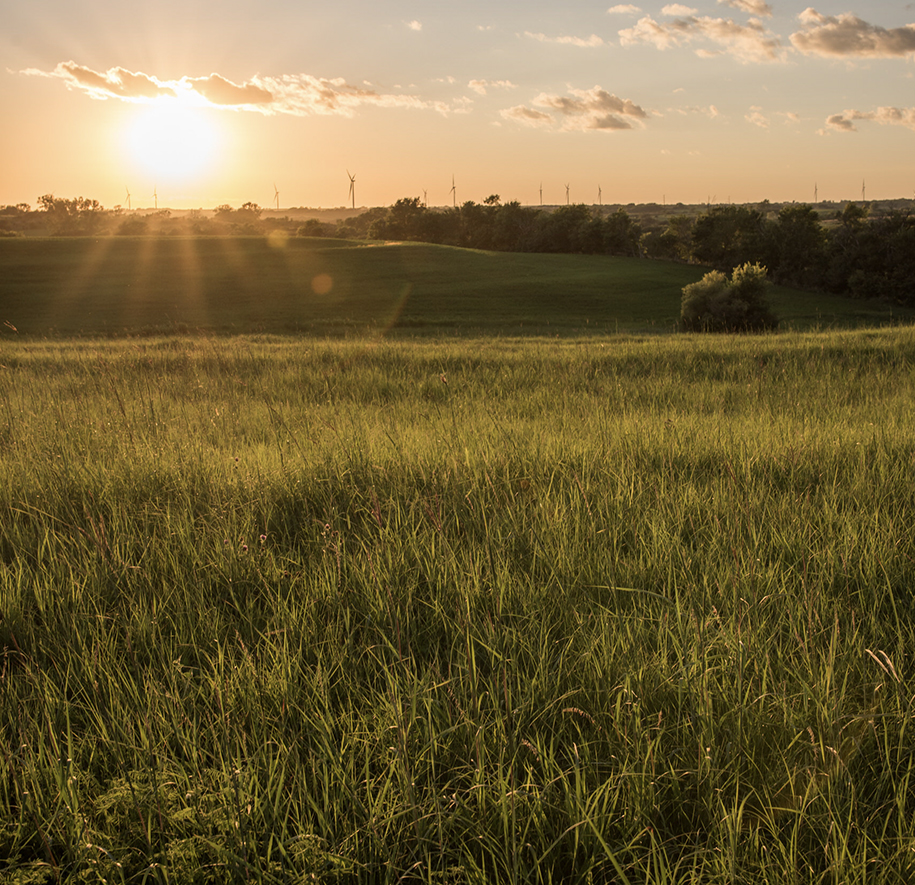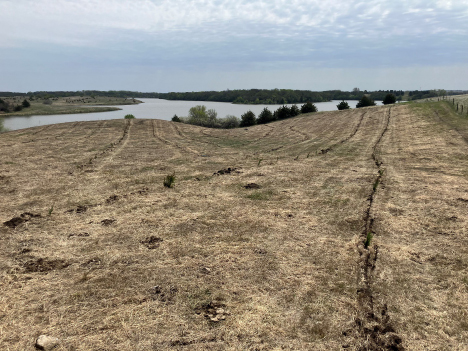At AgSpire, we help producers implement conservation practices on their operations through voluntary, incentive-based programs. In this case study, we will follow the real-time progression, as we work with a producer to plant a field back to native tallgrass prairie in the Upper Great Plains. We will document the step-by-step process – along with any issues that arise and explain how we handled each issue to achieve the producer’s goals.
Step 1: Identifying the Producer’s Goals
The field we’re following is a five-acre pasture that had been overrun with smooth brome. The field is a small triangle section of a pasture that the producer wants squared off. The producer would like to convert this small portion of the field back to a native tallgrass prairie that includes trees for wildlife habitat and native flowers for pollinator habitat.
Step 2: Field Preparation for Native Pasture Seeding
May 2025
When making a native seed planting, it is very important to eliminate all competition from undesirable species – which makes initial field preparation a critical part of the process.
We worked with the producer to identify what chemical applications would yield the best results for their specific field, based on the species present and planting timing. For this planting, the producer sprayed 9 oz per acre of Plateau, along with 32 oz per acre of glyphosate. Class Act NG was added to the tank mix as well to assist in the application – which is a combination of a Nonionic surfactant and Ammonium sulfate.
In most cases, glyphosate would be the only chemical needed, but smooth brome is developing a resistance to glyphosate. We added Plateau to help control the cool-season smooth brome. With the combination of chemicals in the tank mix, the producer got a burndown of the field without any residual chemical effects on the native seed being planted.
It is important to note: If this field would have had more broad leaf weeds a chemical such as 2,4-D would have been needed to control the unwanted broad leaf species. But with the use of 2,4-D, there’s a residual chemical left in the soil and that can damage native seeds and prohibit germination, if not planted outside a 10 day plant back period.
Step 3: Native Seed Planting and Tree Rows
May 2025
With the field chemically prepared and with no residual chemical effects, the next step is planting a customized native seed mix and creating the tree rows.
Like with any planting, early moisture is key for emergence. While started the season dry in the Upper Great Plains, we received good precipitation since the plantings took place. Seed emergence should be strong when we check the field again in a few weeks.


